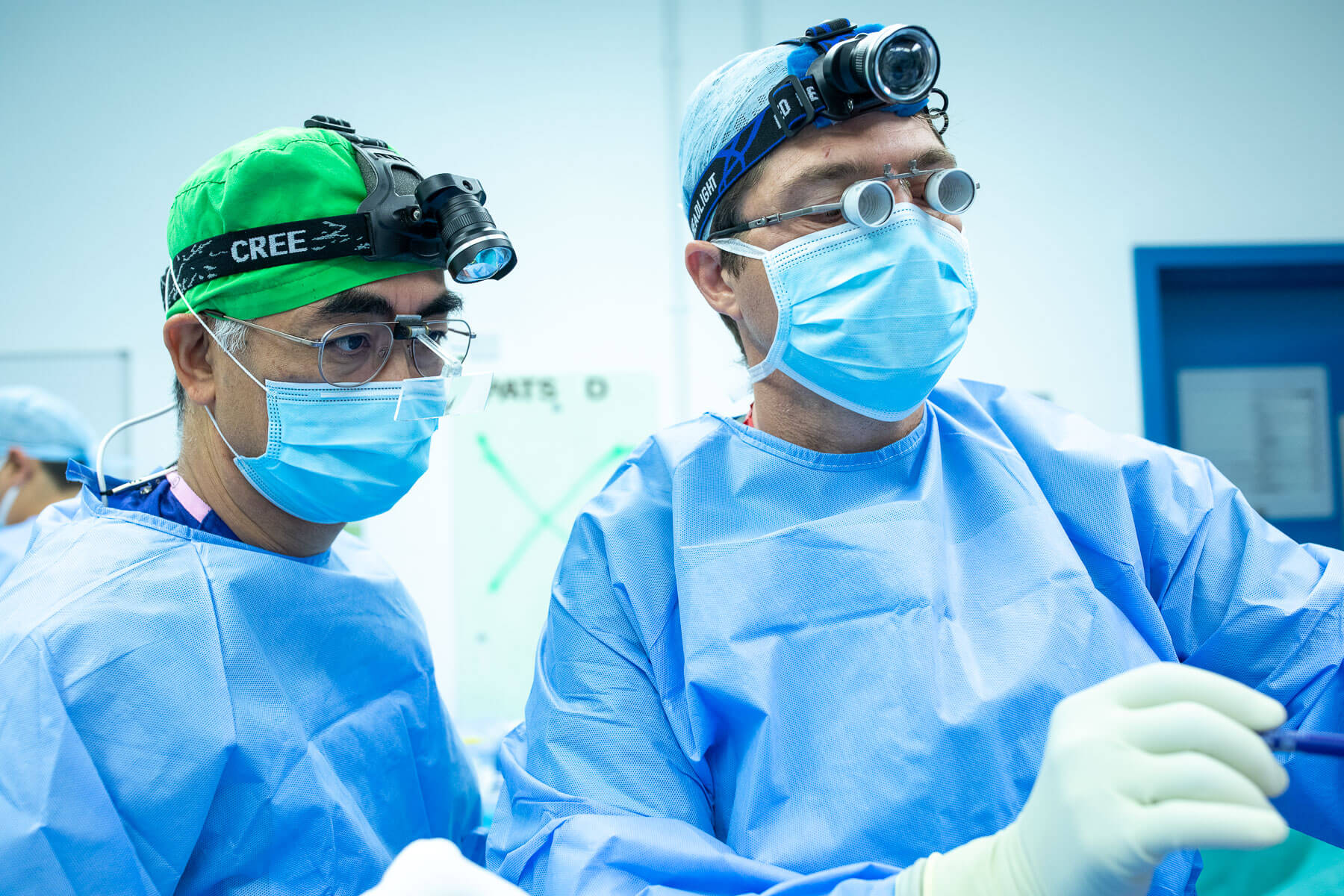Stump revision
We know that an amputation is a life-changing event, and it can be difficult to consider having further surgery to fix any issues in your residual limb. However, surgery is often necessary to help you wear a prosthesis with greater comfort. Many patients simply accept the need to undergo multiple procedures to regain their mobility and independence.


The Relimb™ team are highly experienced in stump revision surgery.
Some of the reasons you may wish to undergo stump revision surgery include:
- Excess soft tissue which interferes with the fitting of a prosthetic socket
- Awkwardly shaped residual limbs which do not fit well in a prosthetic socket
- Tight scars which may be painful
- Dimpled scars which collect skin debris or dirt
- Unstable and insensate (numb) scars which ulcerate and break down
- Painful areas in the residual limb
- Bony prominences which chafe and rub in a prosthetic socket
- Repeated episodes of folliculitis (infections associated with hair follicles)
- Cyst formation
- Inflamed and painful bursas
- Unsightly appearance
- Heterotopic bone formation
Osseointegration
Many of these issues can only be avoided by removing the need for a socket altogether. Using direct skeletal fixation with an osseointegrated bone-anchor allows you to attach a prosthesis with greater ease. Moreover, you and your prosthetist will no longer have to manage the constant fluctuations in shape and volume of your residual limb. This means that you can enjoy the benefits of increased confidence and greater control over your prosthesis.

The Relimb™ team are highly experienced in stump revision surgery.
Some of the reasons you may wish to undergo stump revision surgery include:
- Excess soft tissue which interferes with the fitting of a prosthetic socket
- Awkwardly shaped residual limbs which do not fit well in a prosthetic socket
- Tight scars which may be painful
- Dimpled scars which collect skin debris or dirt
- Unstable and insensate (numb) scars which ulcerate and break down
- Painful areas in the residual limb
- Bony prominences which chafe and rub in a prosthetic socket
- Repeated episodes of folliculitis (infections associated with hair follicles)
- Cyst formation
- Inflamed and painful bursas
- Unsightly appearance
- Heterotopic bone formation
Osseointegration
Many of these issues can only be avoided by removing the need for a socket altogether. Using direct skeletal fixation with an osseointegrated bone-anchor allows you to attach a prosthesis with greater ease. Moreover, you and your prosthetist will no longer have to manage the constant fluctuations in shape and volume of your residual limb. This means that you can enjoy the benefits of increased confidence and greater control over your prosthesis.
